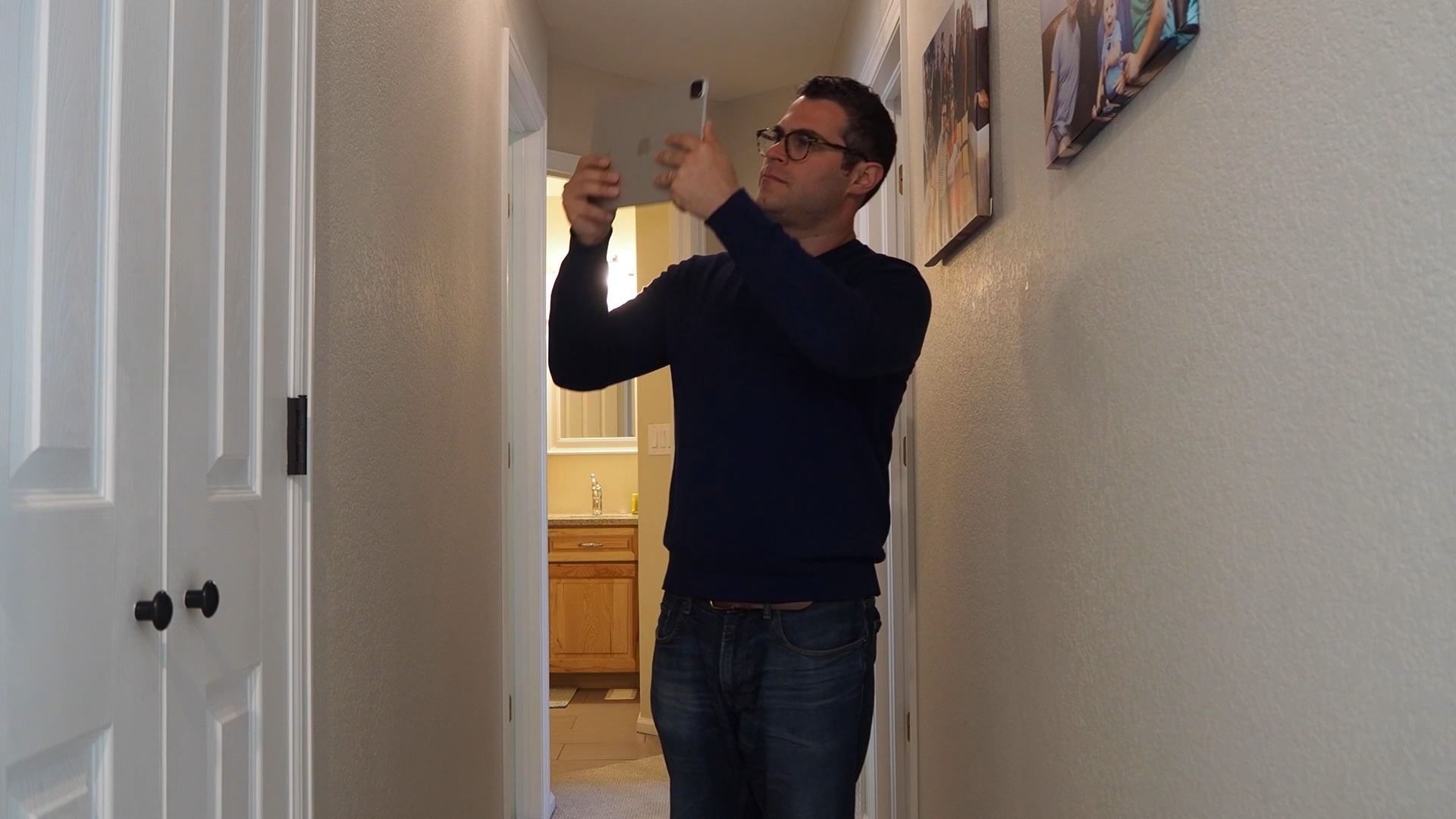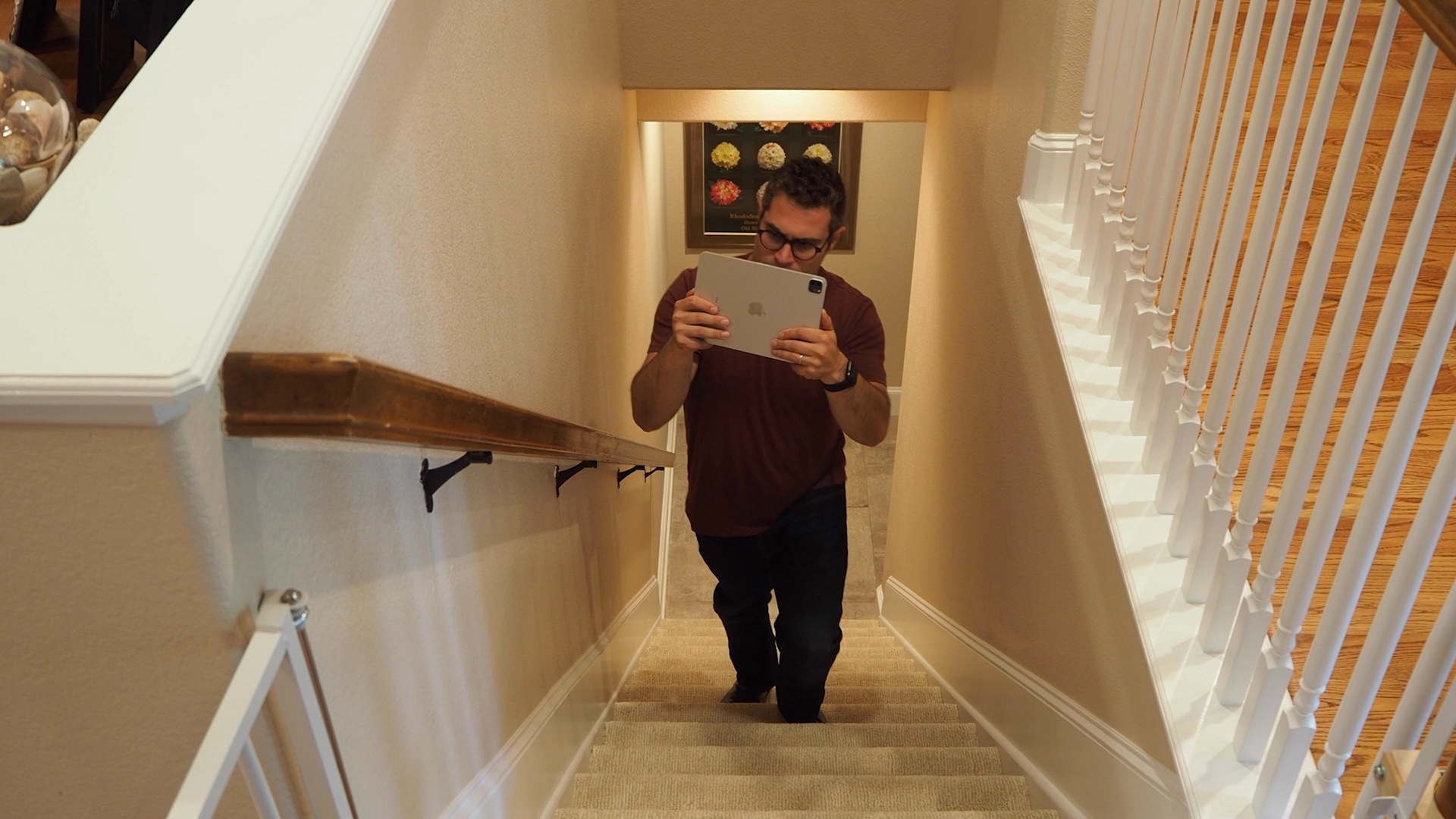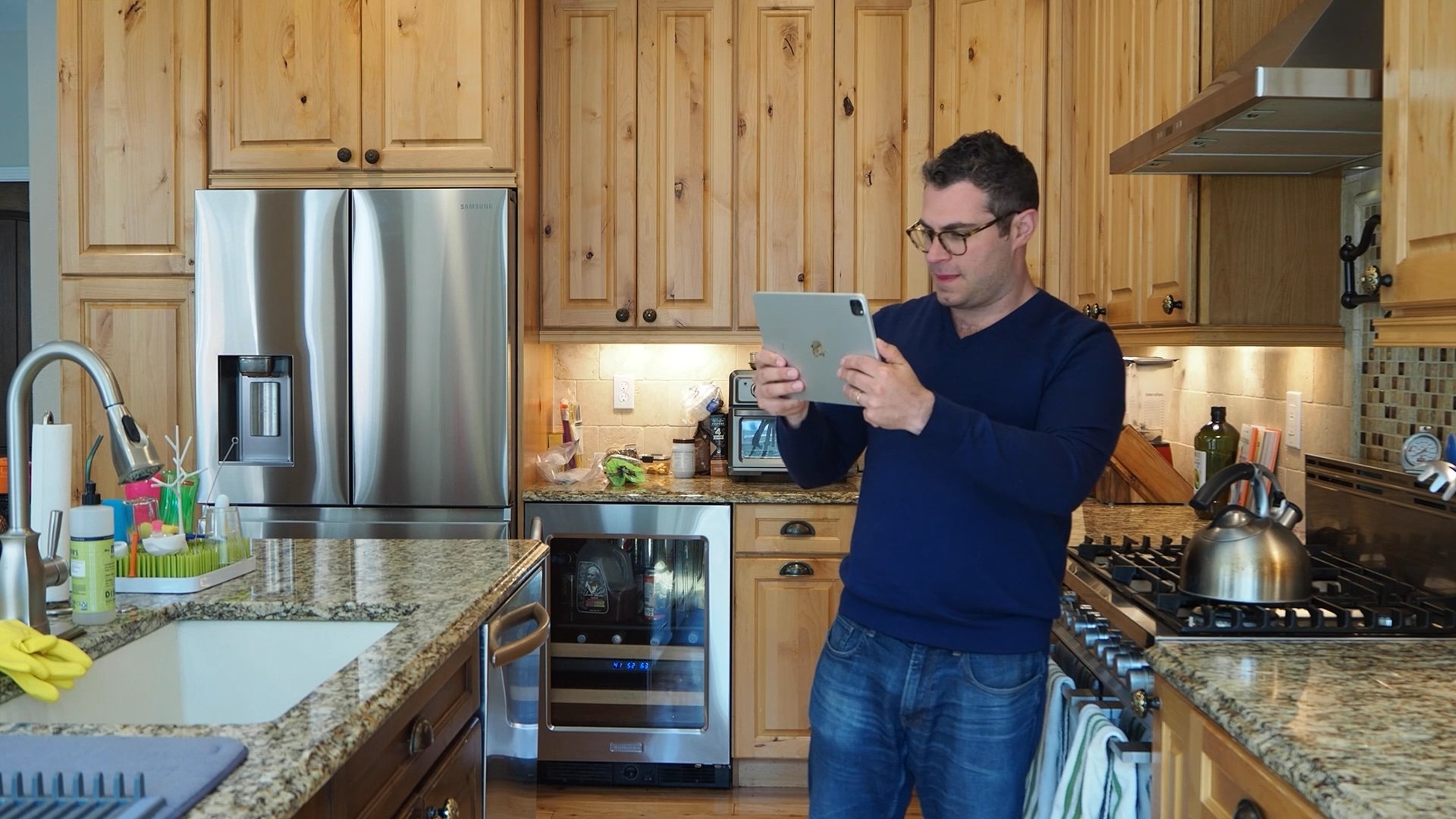How to Scan with Canvas
3D scanning is new to many people. You may not have used a tool like this before, so you could be confused or nervous, but don't be! Most of the time, the software is doing the work for you. Follow these suggestions to get the best results every time you scan.
Supported Devices
iPad Pro 2020 or newer
iPhone Pro / Max 12 or newer
Watch this overview to learn how to get the best results every time.
Get Ready To Scan
Primary Scanning Method
Point your device's camera at the floor, furniture, or other details, not a blank wall.
Keep within 5-12 feet of the walls
Don’t get too close or too far from the surfaces that you're scanning. Between 5-12 feet is ideal; note that the maximum range is about 15 feet.
Scan in a patterned motion
Starting in front of your feet, scan across the floor, up the wall about a foot or two into the ceiling, move sideways, down the wall, across the floor to in front of your feet. Moving sideways in the same direction, go up, and repeat this pattern.
Move in a single continuous loop around the space
Scan in one direction around the perimeter of the space and avoid zigzagging. Please do not scan the same area more than once in a single scan. You'll know if you've already scanned an area because the white overlay covers what you've captured.

U-pattern for narrow spaces

Stair safety

J-pattern for islands or pony walls

Lean and Pan for tight spaces

Practice!
Scan your own home, office, and those of family and friends. Remember, scanning doesn’t cost anything; there is only a cost if you place an order. When you’ve had a chance to practice, reach out to hello@canvas.io and request a scan review at no cost. We’ll provide feedback on your technique so that you’re comfortable before using Canvas at a client site.



